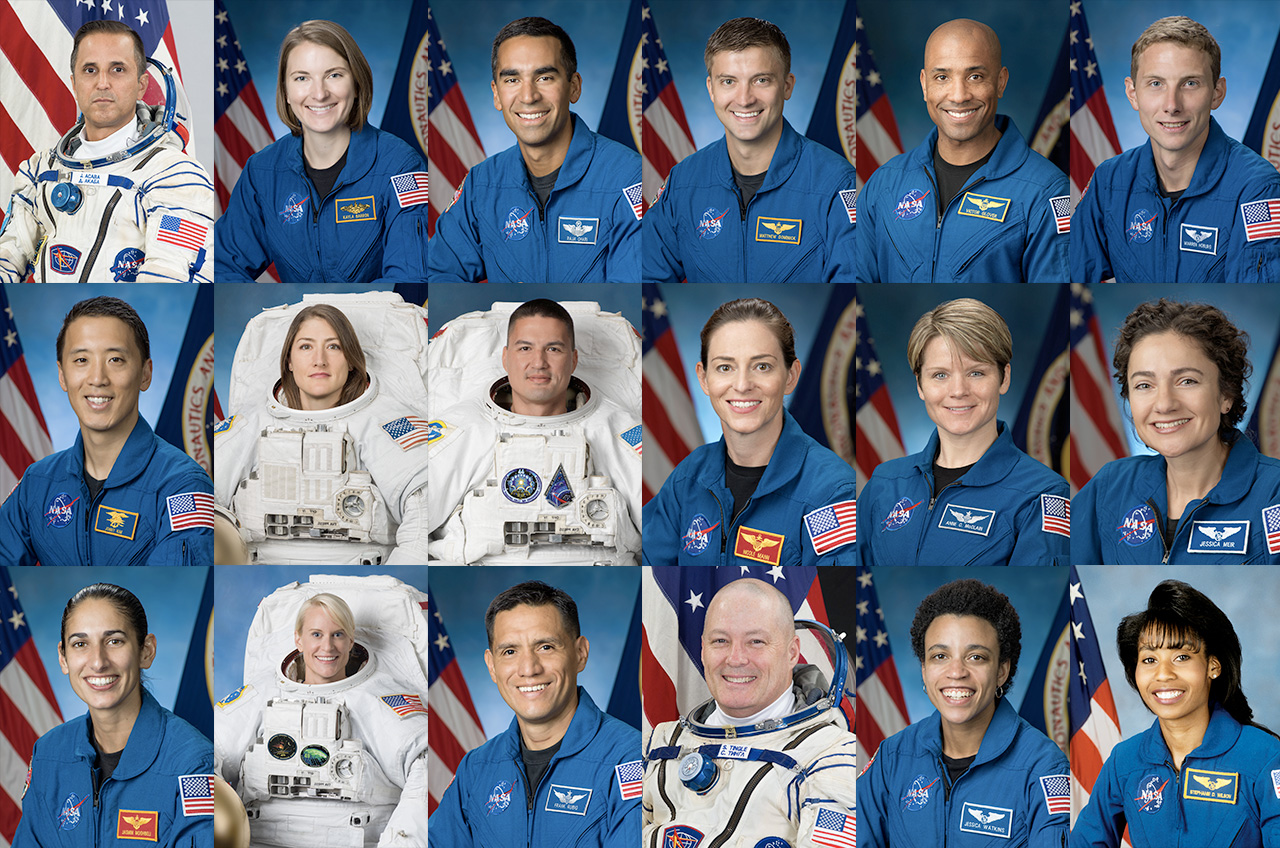NASA opens up Artemis moon missions to all astronauts
The first agency assignments, for Artemis 2, should be announced later in 2022.

The Artemis Team is no more.
NASA will consider every agency astronaut for Artemis moon missions when it makes seat assignments, the agency announced Friday (Aug. 8). This initiative rolls back a 2020 announcement that selected 18 astronauts for these missions, which NASA then called "the Artemis Team."
"The way I look at it, any one of our 42 active astronauts is eligible for an Artemis mission," NASA astronaut Reid Wiseman, who is head of the astronaut office at NASA's Johnson Space Center in Houston, told reporters during a livestreamed briefing Friday. "We want to assemble the right team for this mission."
Related: NASA's Artemis 1 moon mission: Live updates
More: NASA's Artemis 1 moon mission explained in photos
The agency released the news as the Artemis 1 mission prepares to return to the pad Aug. 18 for a launch to the moon no earlier than Aug. 29. That mission will test the Space Launch System (SLS) megarocket and Orion spacecraft to get ready for future crewed missions to the lunar surface, if all goes to plan.
Wiseman pledged the Artemis 2 assignments will be announced shortly, saying astronauts will be "beating down the door" to get a spot for all future moon missions. "We hope that will be later this year," he said of Artemis 2 assignments; that mission is scheduled to launch no earlier than 2024.
The roster of eligible astronauts appears to have expanded even further in recent months, as NASA modified lifetime radiation exposure requirements to give equal assessments regardless of age or gender.
Breaking space news, the latest updates on rocket launches, skywatching events and more!
In the past, women astronauts said they faced discrimination under the old requirements, which allowed men to accrue more radiation — and in turn more time in space. NASA solicited feedback from the U.S. National Academies of Sciences, Engineering and Medicine recently for newer standards, which the academies endorsed in a 2021 report.
Wiseman, calling the earlier radiation standards "draconian," said everything is now "equalized," adding, "It does not matter whether you're a man, whether you're a woman. It is the exact same."
Related: How NASA's Artemis moon landing with astronauts works
All genders will be eligible for Artemis along with all ages, with the current astronaut corps ranging between their 20s and their 60s. "As long as you are healthy, we’re going to load you on a rocket and shoot you off the planet," Wiseman said.
Artemis 2 will include a Canadian on board as an exchange for the country's commitment to build a robotic arm called Canadarm3 to service the Gateway space station. (Canada has also not yet named its astronaut, but will likely do so around the same time as NASA; the nation's space agency has four active astronauts.)
So far, no other international astronaut slot is confirmed for that first moon mission, which will see a crew in lunar orbit ahead of the Artemis 3 crewed landing. European and Japanese astronauts may be contenders for either Artemis 2 and Artemis 3, given their nations' large contributions to the program.
Follow Elizabeth Howell on Twitter @howellspace. Follow us on Twitter @Spacedotcom and on Facebook.

Elizabeth Howell (she/her), Ph.D., was a staff writer in the spaceflight channel between 2022 and 2024 specializing in Canadian space news. She was contributing writer for Space.com for 10 years from 2012 to 2024. Elizabeth's reporting includes multiple exclusives with the White House, leading world coverage about a lost-and-found space tomato on the International Space Station, witnessing five human spaceflight launches on two continents, flying parabolic, working inside a spacesuit, and participating in a simulated Mars mission. Her latest book, "Why Am I Taller?" (ECW Press, 2022) is co-written with astronaut Dave Williams.

